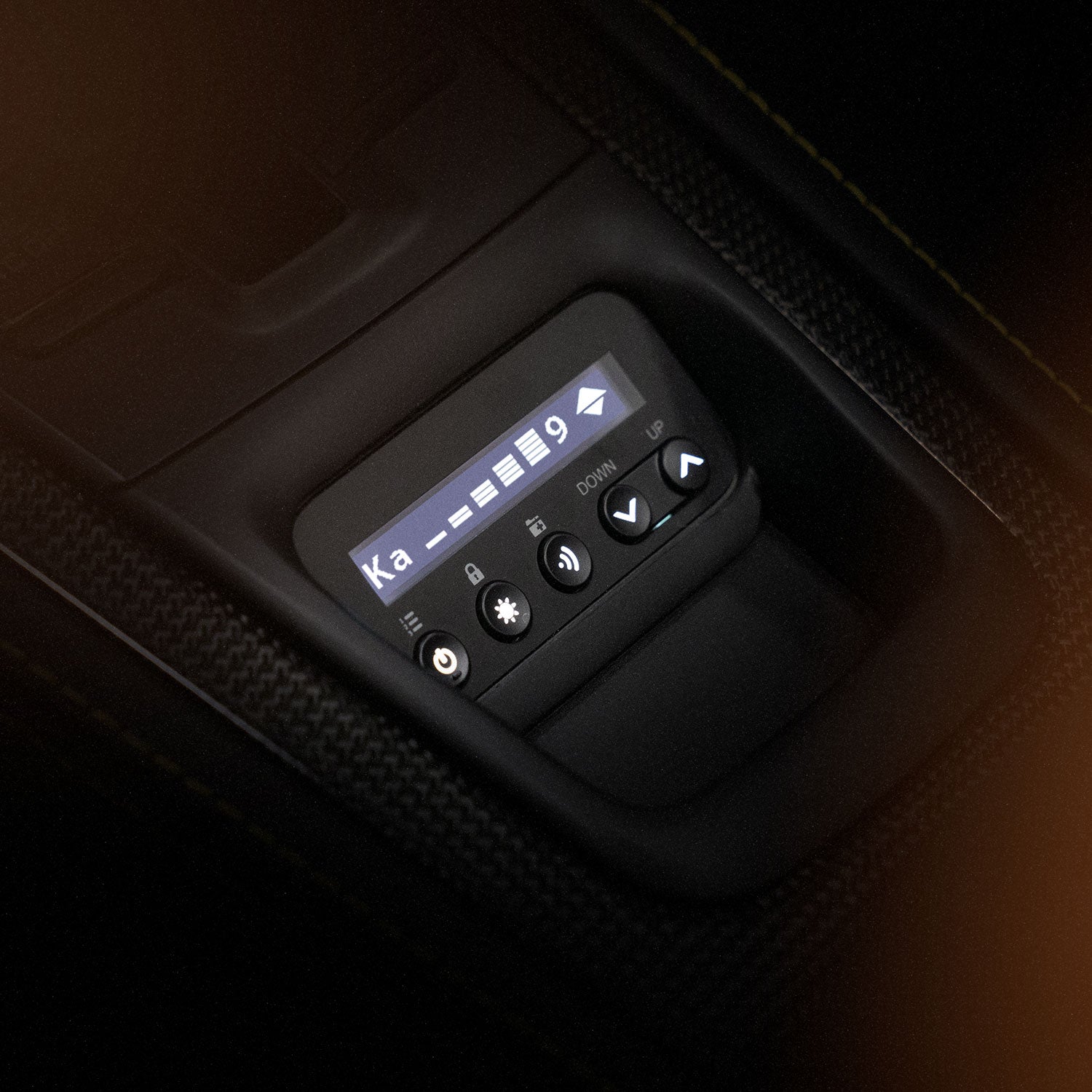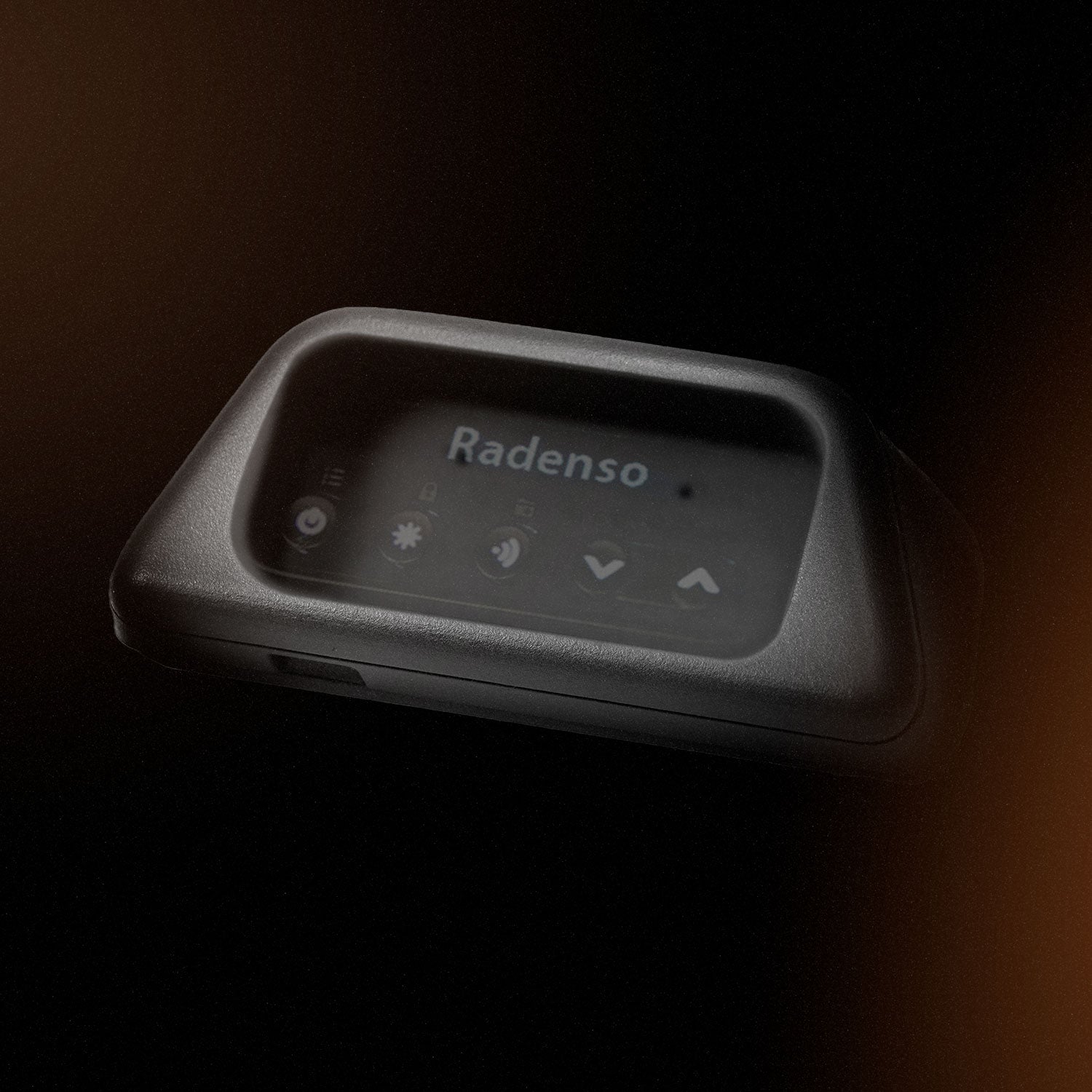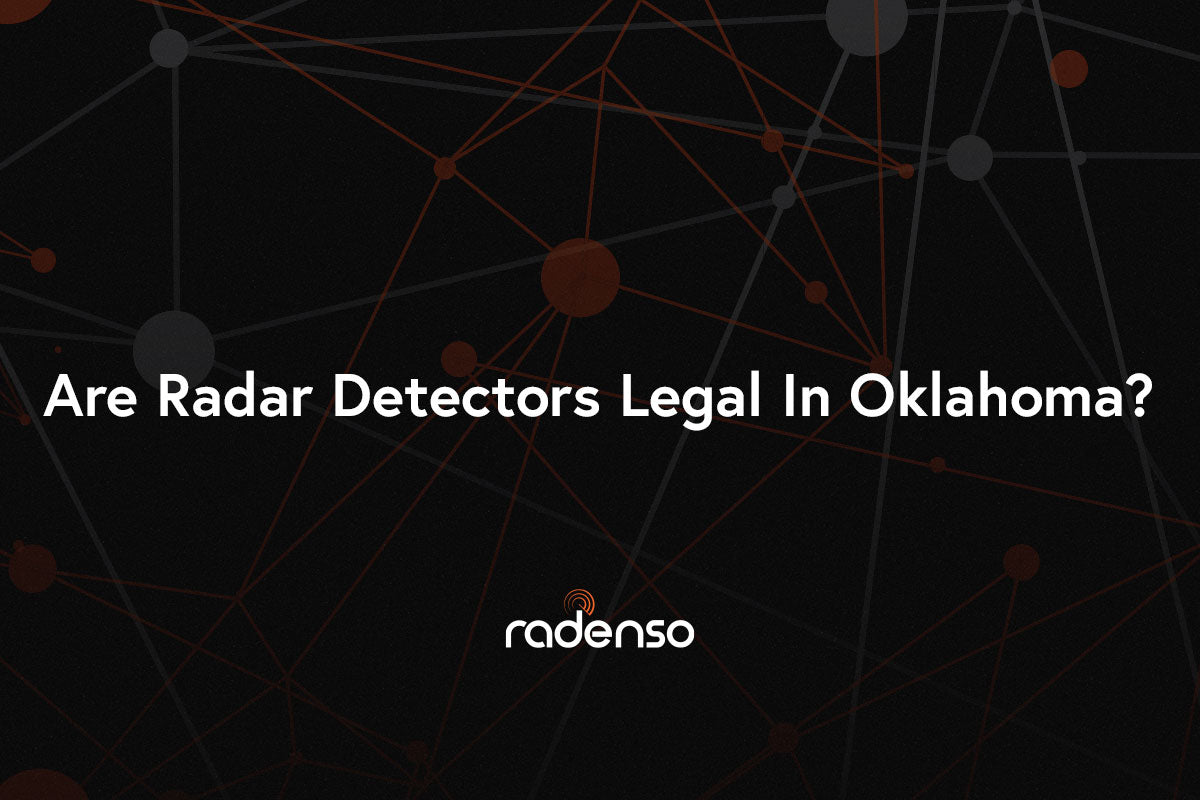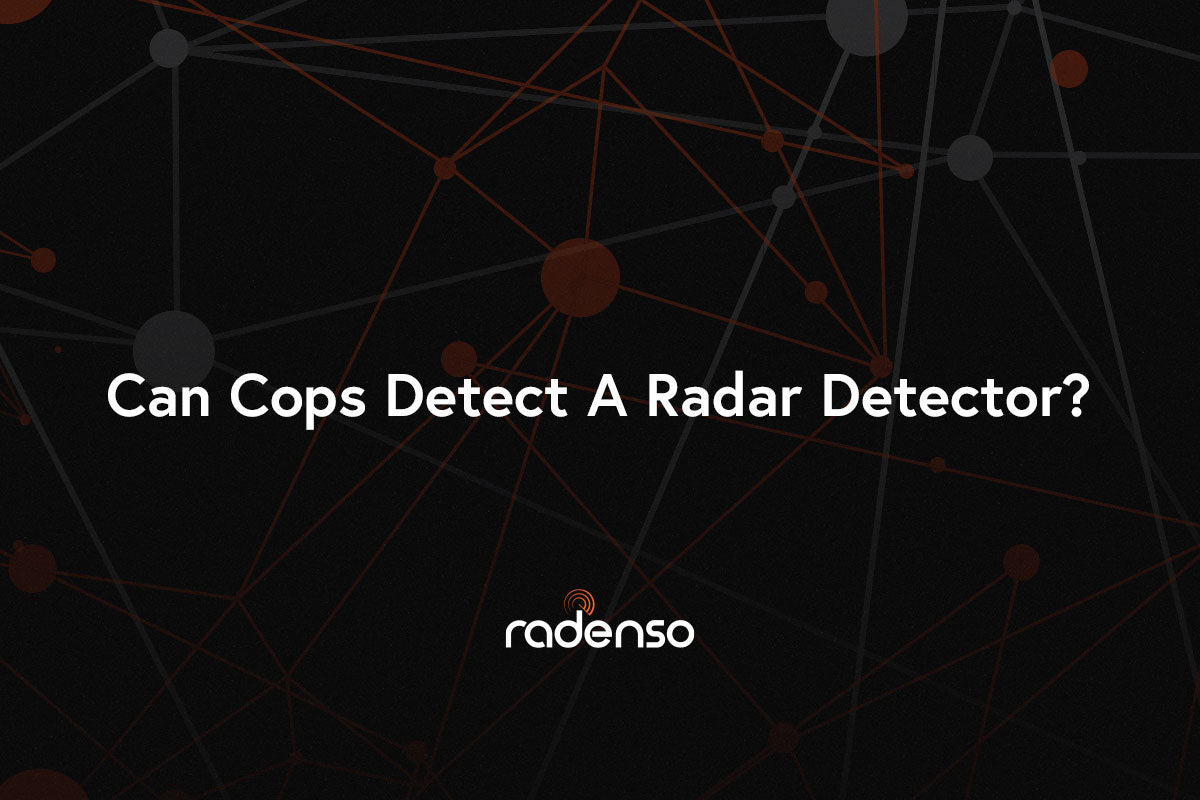What Is RDD In Radar Detectors?
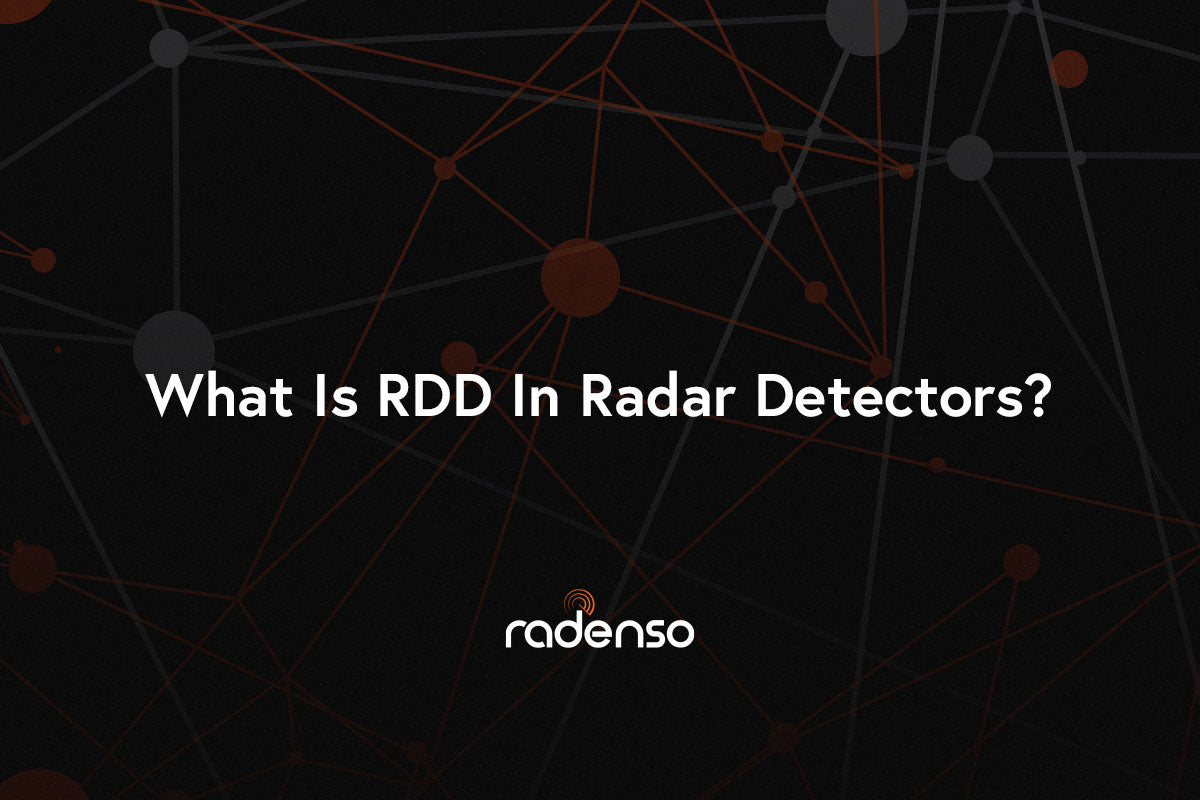
Radenso radar detectors are known for their advanced technology and effectiveness in detecting radar signals while remaining undetectable by Radar Detector Detectors (RDDs). This blog explores how Radenso radar detectors achieve stealthiness against RDDs and why this feature is crucial for drivers looking to avoid speeding tickets.
History of RDD
The history of Radar Detector Detectors (RDDs) dates back to when law enforcement agencies began using radar detector detection technology to combat the use of radar detectors by drivers. The first RDDs were crude devices that could detect the radio frequencies emitted by radar detectors. Over time, as radar detector technology advanced, so did RDD technology. Today, RDDs use sophisticated methods to detect radar detectors, including scanning for specific frequencies and analyzing the signals emitted by radar detectors. RDDs have played a significant role in shaping the development of radar detector technology, leading to more advanced and effective radar detectors on the market.
How RDD Works
Radar Detector Detectors (RDDs) work by detecting the radio frequencies emitted by radar detectors. When a radar detector is active, it emits radio waves at specific frequencies. RDDs are designed to scan for these frequencies and alert law enforcement officers when they detect them.
There are several methods that RDDs use to detect radar detectors. One common method is to use a superheterodyne receiver, which is a type of radio receiver that can tune into specific frequencies. The RDD scans for frequencies commonly used by radar detectors and alerts the officer if it detects them.
Another method used by RDDs is to analyze the harmonics produced by radar detectors. When a radar detector emits radio waves, it can also produce harmonics at higher frequencies. RDDs can detect these harmonics and use them to identify the presence of a radar detector.
Overall, RDDs are sophisticated devices that use advanced technology to detect radar detectors and help law enforcement officers enforce speed limits more effectively.
Types of RDD
There are several types of Radar Detector Detectors (RDDs) used by law enforcement agencies to detect the use of radar detectors by drivers. The most common types of RDDs include:
- VG-2 RDD: VG-2 was one of the earliest types of RDDs and was widely used in the 1980s and 1990s. It operated by detecting the local oscillator frequency leakage from radar detectors using a superheterodyne receiver.
- Spectre RDD: Spectre RDD is a more advanced type of RDD that can detect even the most modern radar detectors. It uses a combination of technologies, including frequency scanning and signal analysis, to detect the presence of radar detectors.
- Stalcar RDD: Stalcar RDD is another type of RDD that is commonly used by law enforcement agencies. It is known for its high sensitivity and ability to detect radar detectors from a distance.
- RDD-Stealth: RDD-Stealth is a newer type of RDD that is designed to be undetectable by radar detectors. It uses advanced technology to minimize its emissions and avoid detection by radar detectors.
These are just a few examples of the types of RDDs used by law enforcement agencies. Each type of RDD has its own advantages and disadvantages, and law enforcement agencies may use different types of RDDs depending on their needs and the technology available.
Legality of RDD
The legality of Radar Detector Detectors (RDDs) varies by jurisdiction. In some places, such as the United States, RDDs are legal for use by law enforcement agencies. However, there are restrictions on their use, such as requiring a warrant to use an RDD to detect radar detectors in a private vehicle.
In other places, such as Canada and some European countries, the use of RDDs by law enforcement agencies is illegal. This is because these countries have laws that protect the privacy of individuals and prohibit the use of devices that can detect the presence of other devices without consent.
Impact of RDD on Radar Detector Effectiveness
The introduction of Radar Detector Detectors (RDDs) has had a significant impact on the effectiveness of radar detectors. RDDs are designed to detect the radio frequencies emitted by radar detectors, alerting law enforcement officers to their presence. This has made it more challenging for drivers to use radar detectors to avoid speeding tickets.
In response to the threat posed by RDDs, radar detector manufacturers have developed more advanced and sophisticated radar detectors. These new detectors are designed to be more difficult for RDDs to detect, using technologies such as frequency-shifting and signal encryption to evade detection.
Despite these advancements, RDDs continue to pose a challenge to radar detector effectiveness. Drivers must stay informed about the latest developments in radar detector technology and use their devices responsibly to minimize the risk of detection by RDDs.
How Radenso Radar Detectors Are Stealth To RDD
Radenso radar detectors are designed to be stealthy and undetectable by Radar Detector Detectors (RDDs), such as the Spectre RDD. They achieve this stealthiness through several key features and technologies:
- Low Emissions: Radenso detectors emit low levels of radio frequency (RF) energy, making them harder for RDDs to detect. This helps Radenso detectors fly under the radar, so to speak, avoiding detection by RDDs.
- Shielding: Radenso detectors are shielded to reduce the amount of RF energy that escapes and can be detected by RDDs. This shielding helps make Radenso detectors stealthy and harder to detect.
- Undetectable by Spectre RDD: Radenso detectors are specifically designed to be undetectable by the Spectre RDD, one of the most common RDDs used by law enforcement. This ensures that Radenso detectors provide maximum protection against RDD detection.
- Advanced Filtering: Radenso detectors use advanced filtering algorithms to distinguish between real radar signals and false alerts, further reducing the chances of detection by RDDs.
By incorporating these features and technologies, Radenso radar detectors are able to provide drivers with the peace of mind that comes from knowing they are protected against RDD detection.


